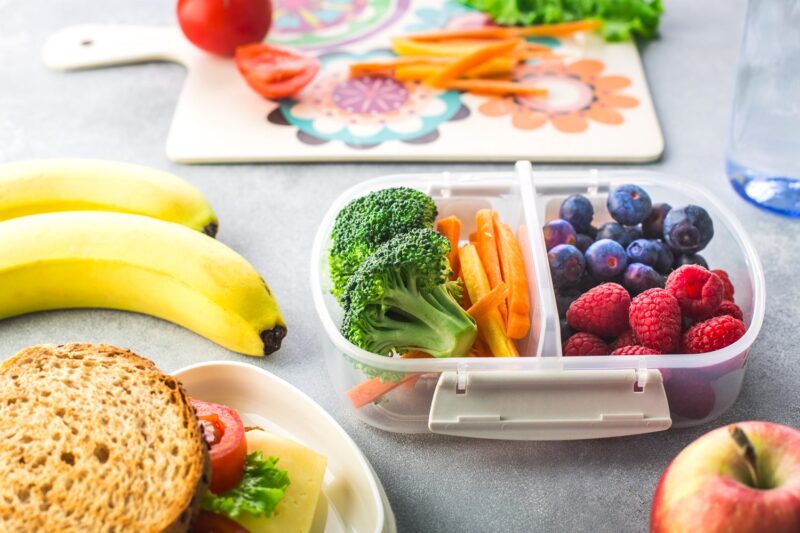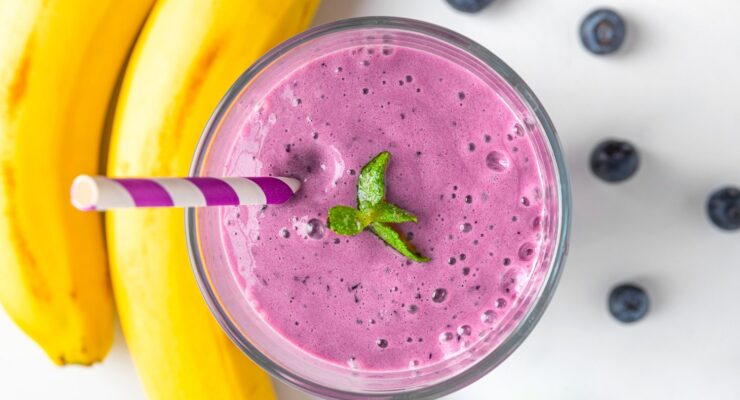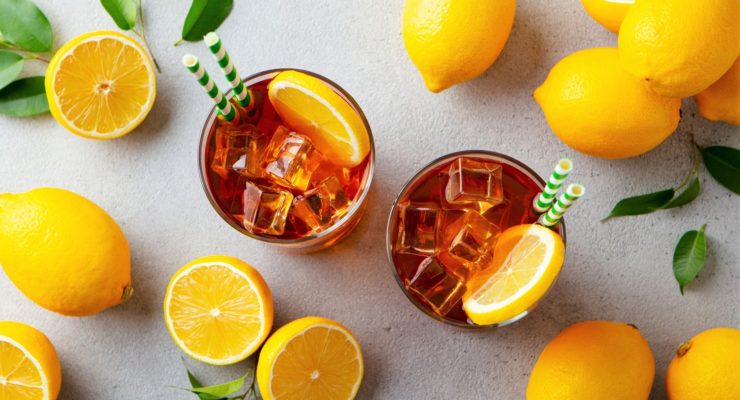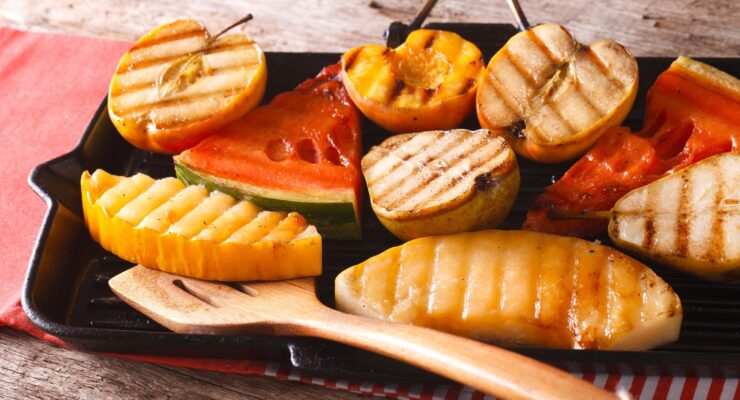6 Snack Habits That Melt Pounds
Article posted in: Diet & Nutrition
You wouldn’t think that putting food in your mouth could take weight off your waist—especially not between meals. But if you snack on the right stuff, at the right time, in the right way, your between-meals hunger-buster can also be a fat-fighting tool in your weight loss arsenal. These six strategies will make your snack a healthy pit stop on the road to success.
1. If you can, save the snack for after lunch.
Holding off can help you consume less all day. A study, published in the Journal of the American Dietetic Association, found that dieters who snacked in mid-morning tended to eat more throughout the day than participants who had a snack after lunch instead. The bonus: After-lunch snacks tended to be healthier, containing more fiber from fruits and vegetables. Of course, if you’re on a Nutrisystem weight loss plan, feel free to enjoy that mid-morning snack! We’ve built the program specifically so that you get the nutrition you need in portions that make sense.
2. Snack on fiber.
The fiber in those afternoon snacks can have a direct correlation on belly fat: For every 10 grams of the fiber eaten, dieters have as much as four percent less fat around their middles. Including fiber from cut veggies or an apple at snack time will also help you lose weight all over: Fiber makes you feel full quickly, and then helps you feel full longer by controlling the speed of digestion.
3. And include some fat.
Pairing fiber with healthy fat, like from a pre-measured portion of nut butter or a piece of string cheese, can add to these benefits: A Johns Hopkins study found that participants who ate a high-fat, reduced-calorie diet lost 10 pounds in 25 fewer days than those on a higher-carb diet. And when they’re the right fats, they can do even more: Another study found that people eating a diet rich in monounsaturated fat, like the kind found in olive oil and avocado, lost body fat and weight without reducing calorie intake.
4. Step away from your computer. And phone. And tablet. And TV…
Distracted eaters require more taste sensations—more saltiness, more sweetness, more crunch—to feel satisfied with their food. A study from the Netherlands found that participants had a harder time determining the sweetness of a sugary beverage when they were also trying to concentrate on a mental task.
Eating without distraction and concentrating on the act and flavors of the food is called “mindful eating” and lots of studies have shown such eating to increase weight loss success without focusing on calories. It can also help with disease: An Ohio State study found that three months of mindful eating helped diabetes patients lower their blood sugar.
Don’t be scared off: “Mindful” doesn’t mean meditating while you eat. Just turn off Facebook, sit down, and save reading your email for five minutes while you snack: Focus instead on the textures and flavors of what you’re eating—savor your snack as a break from stress, then get back at it.
5. Leave evidence behind.
When you eat something that leaves behind some detritus—peels from tangerines, or shells from in-shell peanuts or pistachios, for instance—the remains may serve as a visual cue of how much you’ve snacked, sending a message to your brain that helps you feel more full and satisfied.
That’s the theory researchers came to after a 2011 study involving pistachios: In the study, students in a lecture hall were given pistachios, and allowed to eat freely during a class. Half the students got in-shell pistachios, while the other half received nuts that had already been shelled. The group that had to shell the nuts, leaving the discarded shells on the table, ate 41 percent fewer calories, but felt just as full and satisfied.
6. Eat a measured portion, not out of the bag.
If you snack on something poppable like nuts, chips or crackers, pre-measure your serving. Otherwise, you’re likely to over-serve yourself, because you’re probably bad at estimating portions. That’s not a knock on you personally—Americans are generally bad at estimating portion size. In a study, published in Nature, men and women correctly guessed the amount of food in a portion only about half the time. And they tended to underestimate portion sizes when it came to snacks and sweets.
So measure out the portion before you eat. If you don’t have a food scale or measuring cup handy, your hand can help: For things like nuts and pretzels, a one-ounce serving is about the same size as a tennis ball would be in your cupped hand. Measure that out, eat it and move on with your day.






